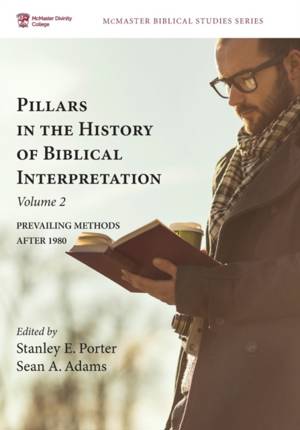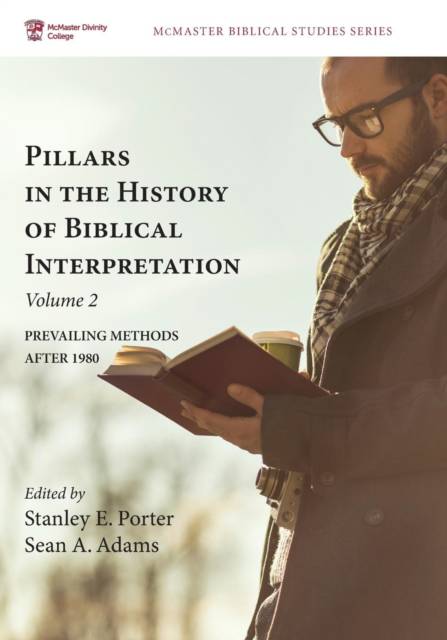
- Afhalen na 1 uur in een winkel met voorraad
- Gratis thuislevering in België vanaf € 30
- Ruim aanbod met 7 miljoen producten
- Afhalen na 1 uur in een winkel met voorraad
- Gratis thuislevering in België vanaf € 30
- Ruim aanbod met 7 miljoen producten
Zoeken
Pillars in the History of Biblical Interpretation, Volume 2
Prevailing Methods After 1980
€ 86,95
+ 173 punten
Omschrijving
This two-volume set is part of a growing body of literature concerned with the history of biblical interpretation. The ample introduction first situates key players in the story of the development of the major strands of biblical interpretation since the Enlightenment, identifying how different theoretical and methodological approaches are related to each other and describing the academic environment in which they emerged and developed. Volume 1 contains fourteen essays on twenty-two interpreters who were principally active before 1980, and volume 2 has nineteen essays on twenty-seven of those who were active primarily after this date. Each chapter provides a brief biography of one or more scholars, as well as a detailed description of their major contributions to the field. This is followed by an (often new) application of the scholar's theory. By focusing on the individual scholars and their work, the book recognizes that interpretive approaches arise out of certain circumstances, and that scholars are influenced by, and have influences upon, both other interpreters and the times in which they live. This set is ideal for any class on the history of biblical interpretation and for those who want a greater understanding of how the current field of biblical studies developed.
Specificaties
Betrokkenen
- Uitgeverij:
Inhoud
- Aantal bladzijden:
- 526
- Taal:
- Engels
- Reeks:
Eigenschappen
- Productcode (EAN):
- 9781498292900
- Verschijningsdatum:
- 3/11/2016
- Uitvoering:
- Paperback
- Formaat:
- Trade paperback (VS)
- Afmetingen:
- 178 mm x 254 mm
- Gewicht:
- 929 g

Alleen bij Standaard Boekhandel
+ 173 punten op je klantenkaart van Standaard Boekhandel
Beoordelingen
We publiceren alleen reviews die voldoen aan de voorwaarden voor reviews. Bekijk onze voorwaarden voor reviews.







